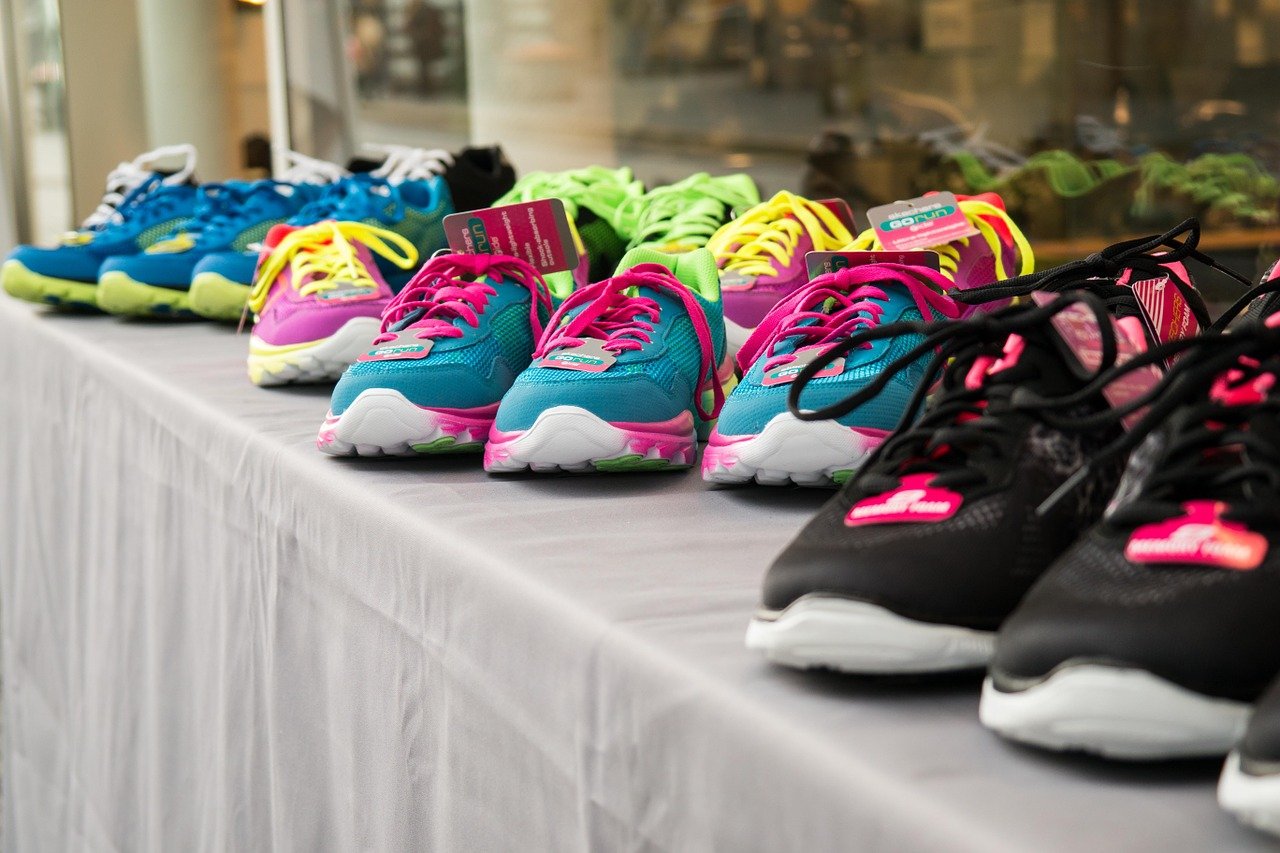
Two main things needed for endurance events like running are a hydration pack and proper shoes!
It’s important to practice, practice, practice with your hydration pack, waist pack or handheld bottle and know how YOU have it organized. Ultimately, if you have practiced you’ll know exactly where things are and where things go. It’s best to set up a system that you follow throughout training. Do what works for you! It’s also important to not over pack. By the time your event arrives, you will know how much food you might need (include a little extra) and what items you use frequently and the exact location in your pack. Take only what you need!
Choosing the best shoe for you is important. It is definitely a personal choice, however there are factors to consider when choosing the best shoe for you. Choosing the best shoe may require some trial and error, but you’ll be so glad you put in the time to find just the right shoe. There are a lot of good choices out there, so where do you start?
- Fit: It is important that the shoe fits. I recommend considering a shoe that is at least one size larger than you normally wear, as your feet will swell with prolonged hiking and exposure to heat.
- Shoe Specifics: If you need or prefer a wider toe box, be sure to find a shoe that offers this. Also consider the amount of support or cushioning the shoe offers.
- Weight: It’s important to consider the total weight of the shoe. Some trail running shoes weigh as little as 8 ounces, while others weigh up to a pound each. Keep in mind you are trekking for long periods of time and the less your shoes weigh the less weight you’re “carrying”. Look for a shoe that weighs 12 ounces or less! Insider
Tip: Get a pair of gaiters, which attach to the shoe using velcro and cover your ankles to help prevent dust, dirt, and gravel from entering your shoe. Some trail shoes even have the velcro built into the shoe!
